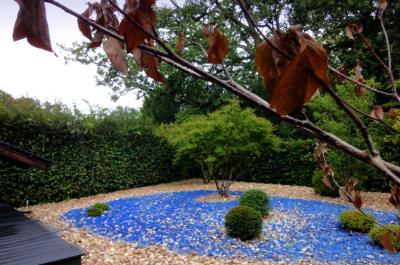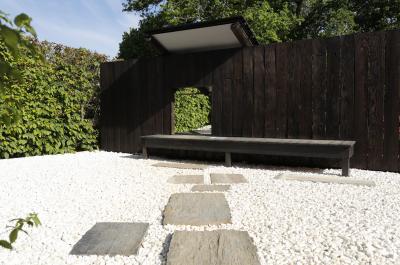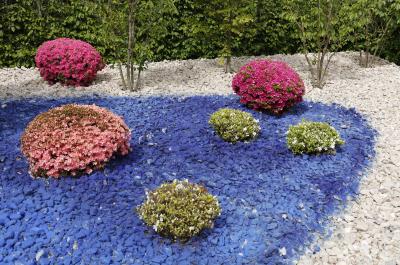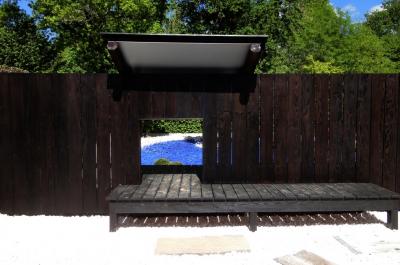06. Le jardin du présent intensément
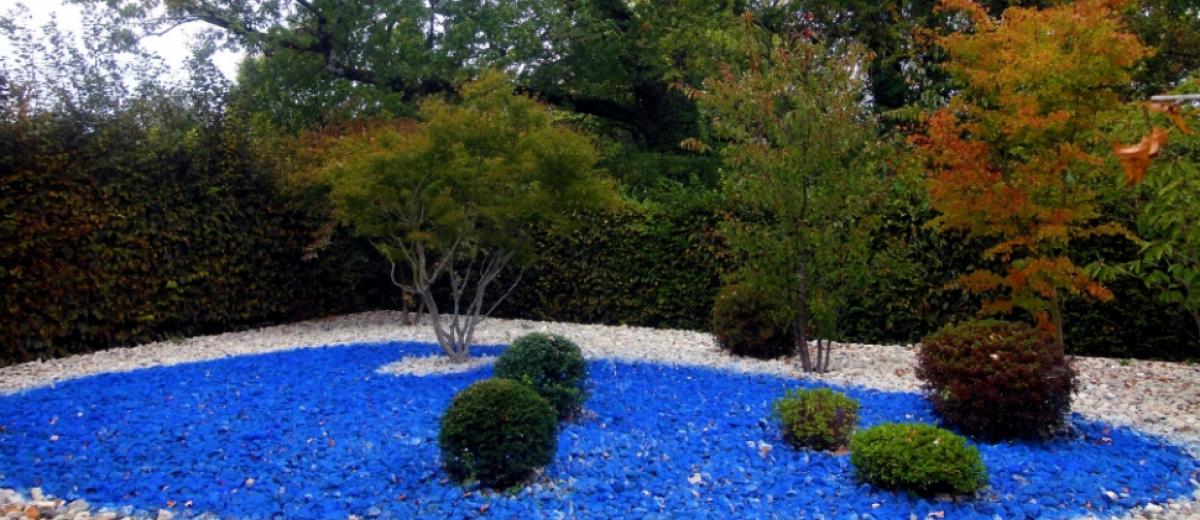
DESIGNERS
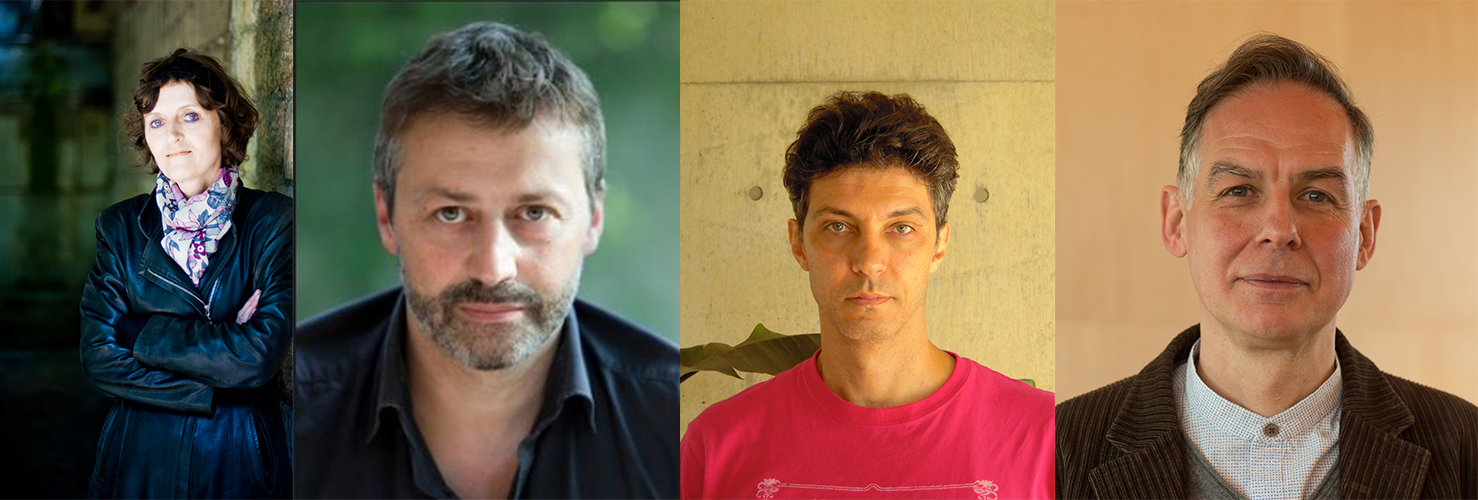
State-registered architect and writer Manuel Tardits teaches project work at Meiji University in Tokyo, where he has lived for over thirty years. He holds a Master’s in Engineering from Tokyo University, obtained in the laboratory run by Fumihiko Maki, with whom he worked. He has been co-director of the Franco-Japanese Mikan agency since 1995, carrying out a wide range of collaborative projects in China and Japan. His agency has won numerous prizes for its achievements, including the 2014 Holcim Awards, Asia section, and the 2016 Japan Institute of Architects Prize. Along with his students, he also takes part in international university workshops (in (Japan, Hong Kong, Thailand, the United States, France and Belgium). He is one of the curators of the travelling exhibition Japan, Archipelago of Houses and the author of several books including “Tokyo, Portraits and Fictions” (Le Gac Press), “L’Archipel de la Maison” (Le Lézard Noir) and “Le Dit des Cigales” (L’Harmattan). He is especially interested in tea pavilions, whose composition he has taught and two examples of which he has designed and built along with their gardens: the Pavilion of the Organ and the Pavilion of the Sardine.
Architect, historian and orientalist, Nicolas Fiévé is director of Studies at the Historical and Philological Sciences Department of the École Pratique des Hautes Études (EPHE), where he teaches the history of Japanese architecture, landscape and gardens. After studying architecture and classical Japanese, he spent several years as a student at Kyoto University. Upon his return to France, he worked as a researcher at the National Centre for Scientific Research (CNRS) from 1993 to 2007, before joining the École Pratique des Hautes Études the same year. He was Director of the Collège de France’s East Asian Civilisations Research Centre (CRCAO), a laboratory focusing on the civilisations of China, Japan and Tibet. His many publications include “La Ville et l’Architecture du Japon Ancien" (Maisonneuve et Larose, 1996) and “Atlas Historique de Kyôto” (UNESCO-L’Amateur, 2008) and he has recently co-edited “Vers une modernité architecturale et paysagère: modèles et savoirs partagés entre le Japon et le monde occidental” (Collège de France, 2013). He is a winner of the Académie des Inscriptions et Belles-Lettres’ Giles Prize, the Mainichi newspaper’s Shibusawa-Claudel Award and the Académie des Inscriptions et Belles-Lettres’ Joseph Carroll Prize.
Florence Mercier founded her Paris agency in 1988, after studying Natural and Life Sciences at Paris XI-Orsay University and going on to Versailles’ National Higher School of Landscape. She has taught at the Versailles School since 2001 and is often called upon to speak at schools of architecture in France and take part in workshops and conferences abroad. She also works on landscape at a variety of levels, from garden to territory, both in France and abroad, and carries out studies and projects combining multiple territorial logics, overseeing numerous riverbank, park and urban projects in France and Asia. Her creations include the garden of the French Embassy in Beijing. She also participates in such artistic events as the São Paulo Museum of Modern Art Festival and the Greater Taipei Art Biennale. Her work reflects her personal and professional life path, nourished by travel and encounters, where, turn and turn about, various subjects of interest and disciplines – connected with earth and life sciences and with the East – are juxtaposed, combined and woven together, all of them pondering the question of humankind and its relationship with nature and space. Born of such situations, a set of recurring themes are expressed in highly individual visual work.
State-registered architect Frank Salama has run his eponymous Atelier d’Architecture since 1996. His agency specialises in single-family houses (it has designed a good sixty of them) and collective housing, and also designs canal locks. His projects have featured in numerous exhibitions (including the 2012 Venice Biennale and the Pavillon de l’Arsenal) and he was awarded 2nd Prize at the 2015 Archinovo competition. A tenured lecturer at Lille’s School of Architecture and Landscape since 2010, he teaches a course on project work and series of classes on Japanese architecture (Spatiality and Urbanity in Japan). He has also taught at the École Spéciale d’Architecture (ESA), first of all as visiting professor and then as associate professor (2004-2009 and since 2015), as well as at the Higher Vocational School of Graphic Arts and Architecture (EPSAA, 2010, classes on the history of architecture). He studied under Augustin Berque at the School for Advanced Studies in Social Sciences (EHESS) and has organised numerous workshops in Japan and Peru, at universities in Tokyo, Kyoto and Lima. He regularly publishes articles on Japanese architecture (in such magazines as Techniques et Architecture, Beaux-Arts, Casa Bella and Architecture à Vivre), lectures on Japanese spatiality and participates in collective works.



